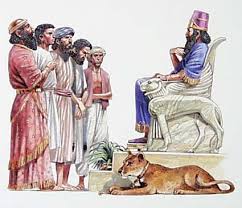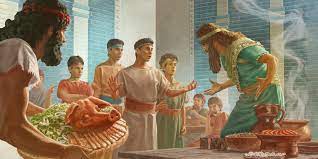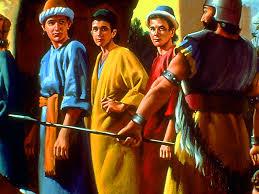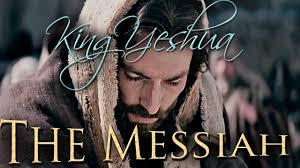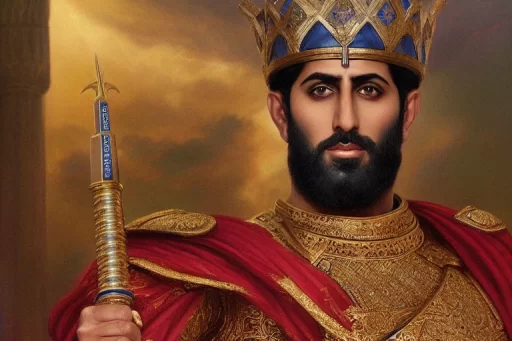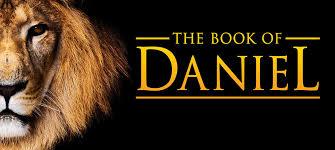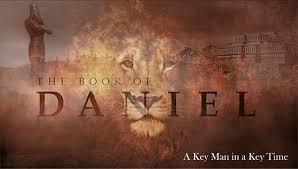Aq – Nebuchadnezzar’s First Dream 2: 1-49
Nebuchadnezzar’s First Dream
2: 1-49
ADONAI begins to reveal to Dani’el the initial revelation regarding the Times of the Gentiles (see Ao – The Times of the Gentiles). He provides an initial overview of the four empires that will govern this period. As the book progresses, God’s revelation becomes increasingly specific, reaching their climax in Chapter 12.
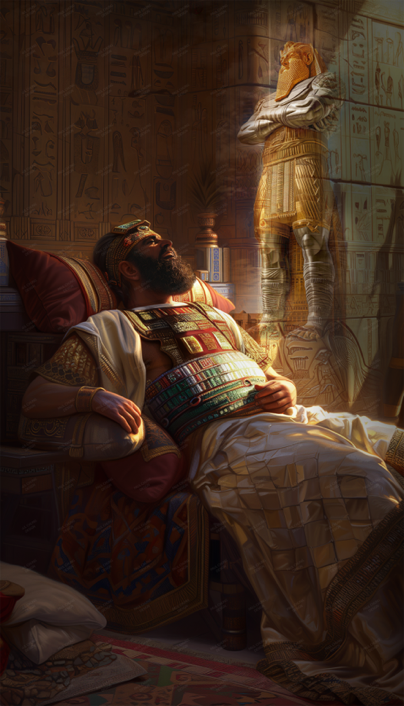
Most of us probably try to avoid beginning a sentence with a conjunction. And I don’t know why exactly, maybe someone along the way has told us it is bad form. Perhaps that is why our style-conscious modern English translations omit the conjunction at the beginning of 2:1. But it’s there in the Hebrew text, and some translations, like Kings James Bible, the American Standard Version, the English Revised Version, the Literal Standard Version, and the Jewish Publishing Society translation of the TaNaKh in 1917, pick it up. So my commentary reads: And in the second year of his reign, Nebuchadnezzar had dreams; his mind was troubled and he could not sleep (2:1). Not earth-shattering, but the tiny connective hints that Chapter One is not a detached event. It is the spring that gives life to the ongoing story. A little reflection proves this to be true, and quite beyond the simple conjunction linking Chapters 1 and 2. The Temple vessels of 1:2 will form the basis of the demise of Belshazzar in Chapter Five (to see link click Cn – Belshazzar’s Great Banquet); the here-I-must-draw-a-line-in-the-sand decision of 1:8, will be re-enacted in Chapter Three with the blazing furnace (see Bk – The Image of Gold and the Blazing Furnace), and in Chapter Six with Dani’el in the lion’s den (see Di – Dani’el in the Lion’s Den); and Dani’el’s skill in understanding dreams and visions (1:7) will be on full display in Chapter Two (see Ap – Dani’el’s Interpretations of Dreams) and in Chapter Seven (see Bx – Dani’el’s Vision of Four Beasts). Therefore, every one of the “stories” in the book of Dani’el has its roots in Chapter One. And this usually eliminated and in 2:1 bears its own faint witness to that.39
Composed of forty-nine verses, Chapter Two is the longest chapter in the book, and can be broken down in this chiastic fashion, resulting in a mirror effect as the ideas are “reflected” back and forth in the passage: A to A, B to B, C to C, with D being the climax of the chiasm.
A. The Challenge to the Magi – 2:1-13 (As)
B. Dani’el’s Plea – 2:14-16 (At)
C. Dani’el’s Prayer – 2:17-23 (Au)
D. Dani’el’s Witness – 2:24-30 (Av)
C. The King’s Dream – 2:31-35 (Aw)
B. Dani’el Interprets the King’s Dream – 2:36-45 (Ax)
A. Nebuchadnezzar Promotes Dani’el – 2:46-49 (Bi)
In Chapter 7, Dani’el elaborated on the four Gentile kingdoms that were seen in the statue of Chapter 2. We can compare these chapters in three ways. First, they are visionary. In Chapter 2 the visionary was a pagan king, but in Chapter 7 the visionary was Dani’el himself. Secondly, we can compare the interpreters. Dani’el was the interpreter in Chapter 2, but the angel Gabri’el was the interpreter in Chapter 7. Thirdly, we can compare the two perspectives. Dani’el 2 gives us the perspective of the times of the Gentiles from a human viewpoint as something majestic, but Dani’el 7 gives us the perspective from God’s viewpoint as something dreadful.


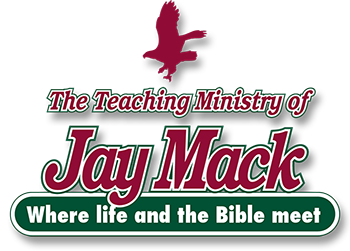
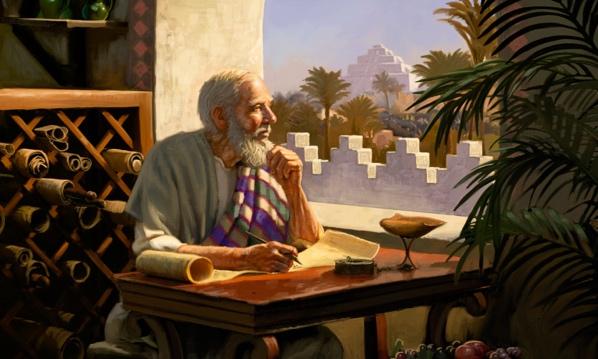

 Luke describes this period of time when he wrote: They will fall by the sword and will be taken as prisoners to all the nations. Jerusalem will be trampled on by the Gentiles until
Luke describes this period of time when he wrote: They will fall by the sword and will be taken as prisoners to all the nations. Jerusalem will be trampled on by the Gentiles until 